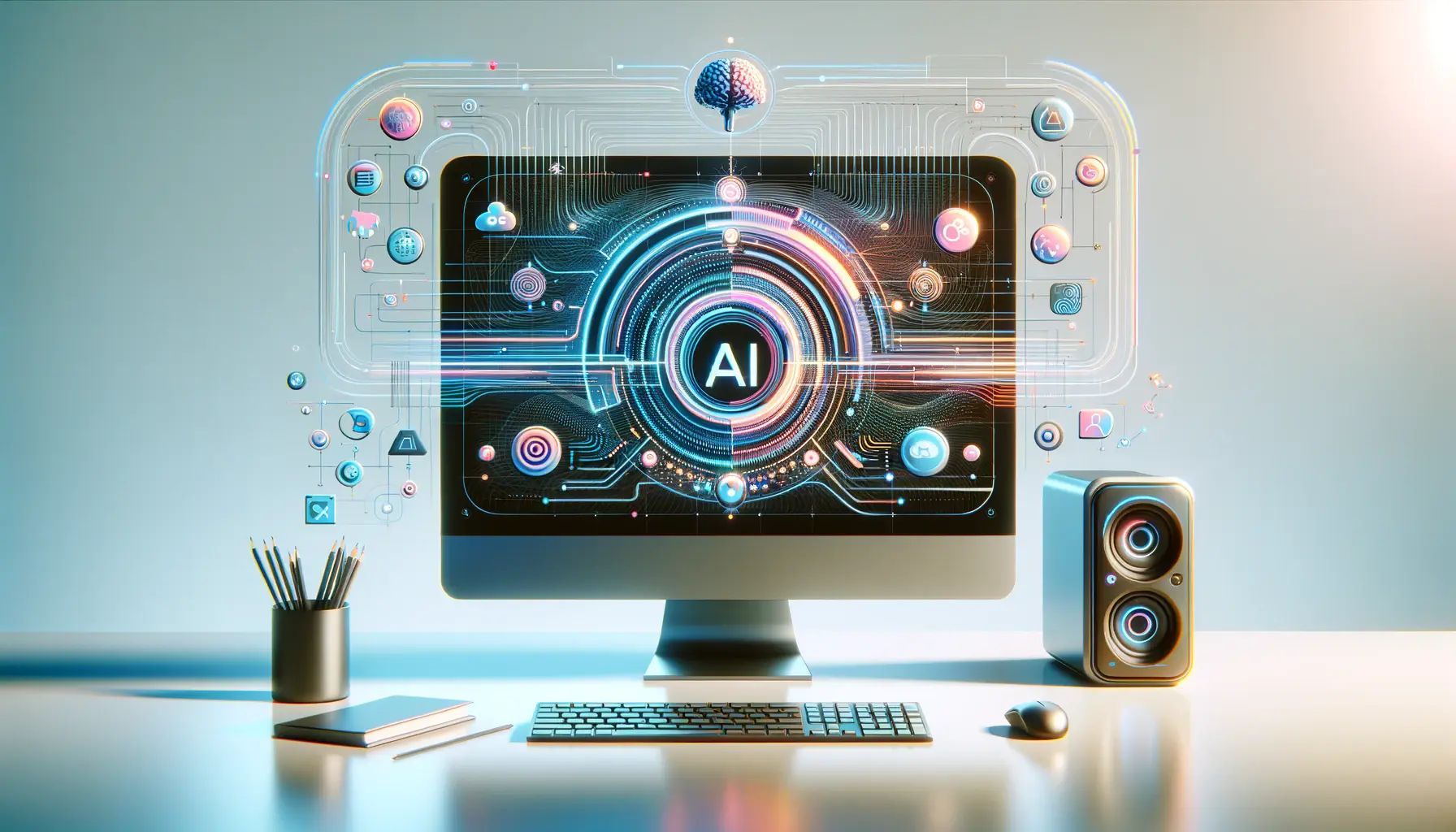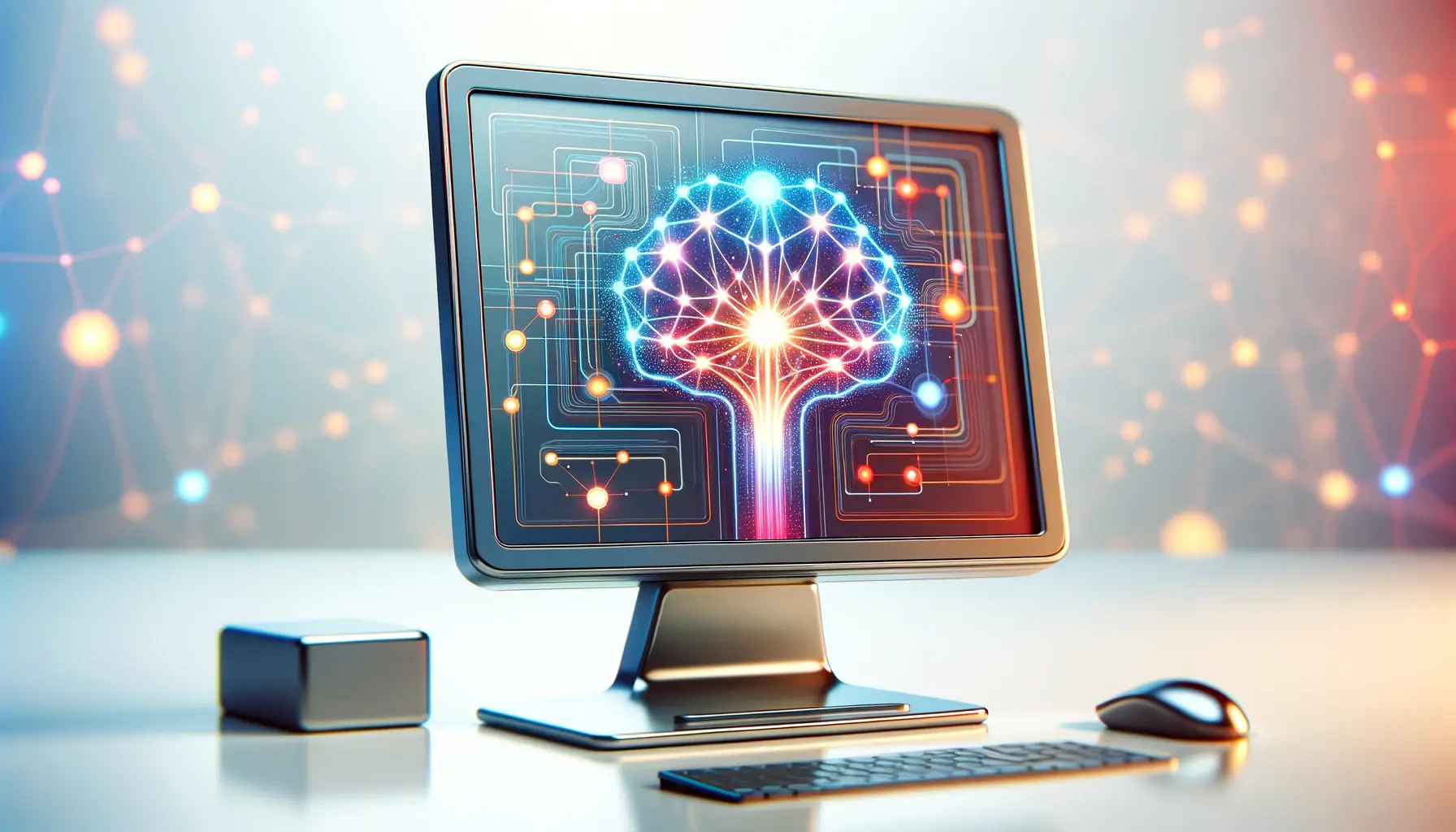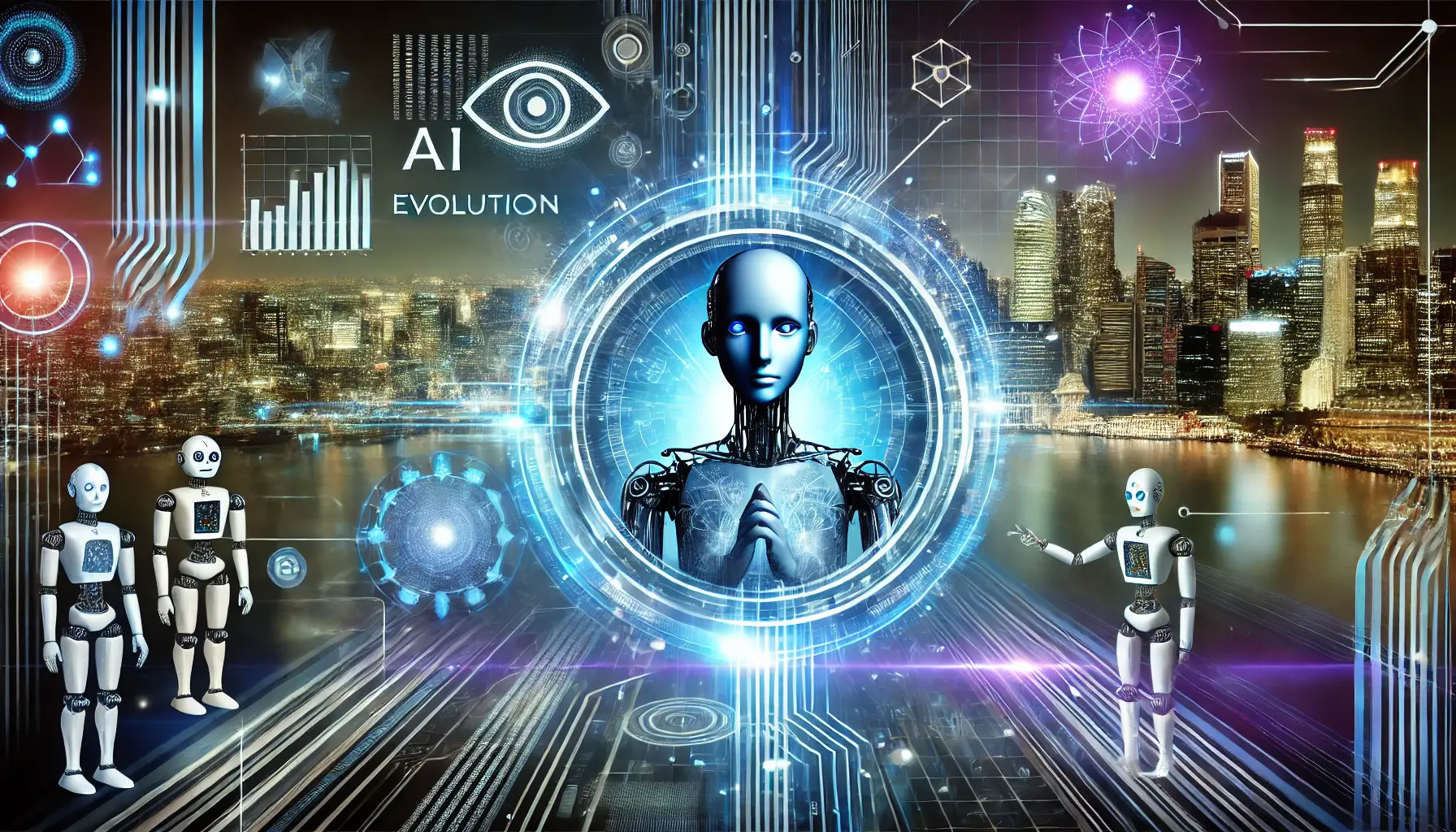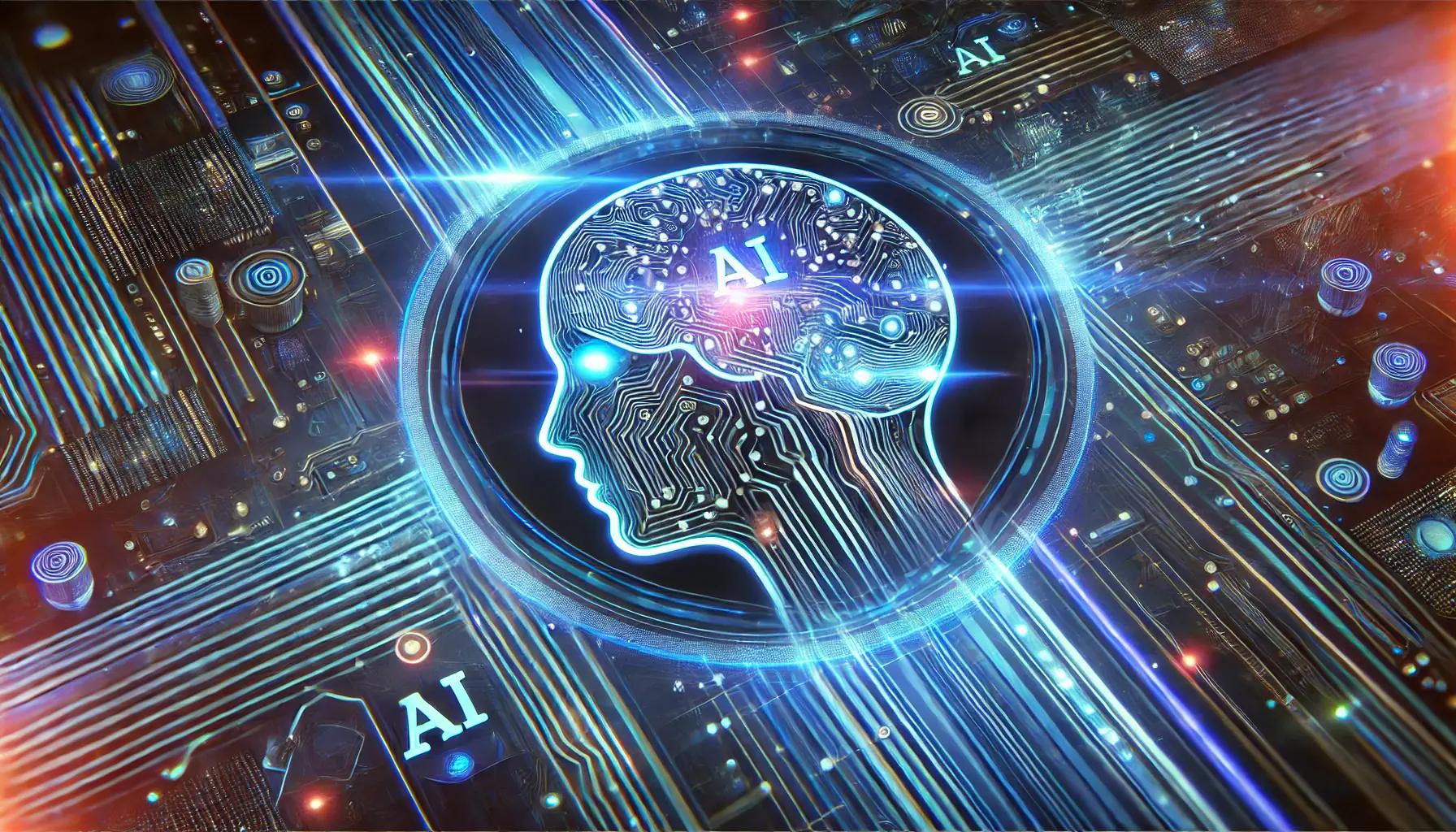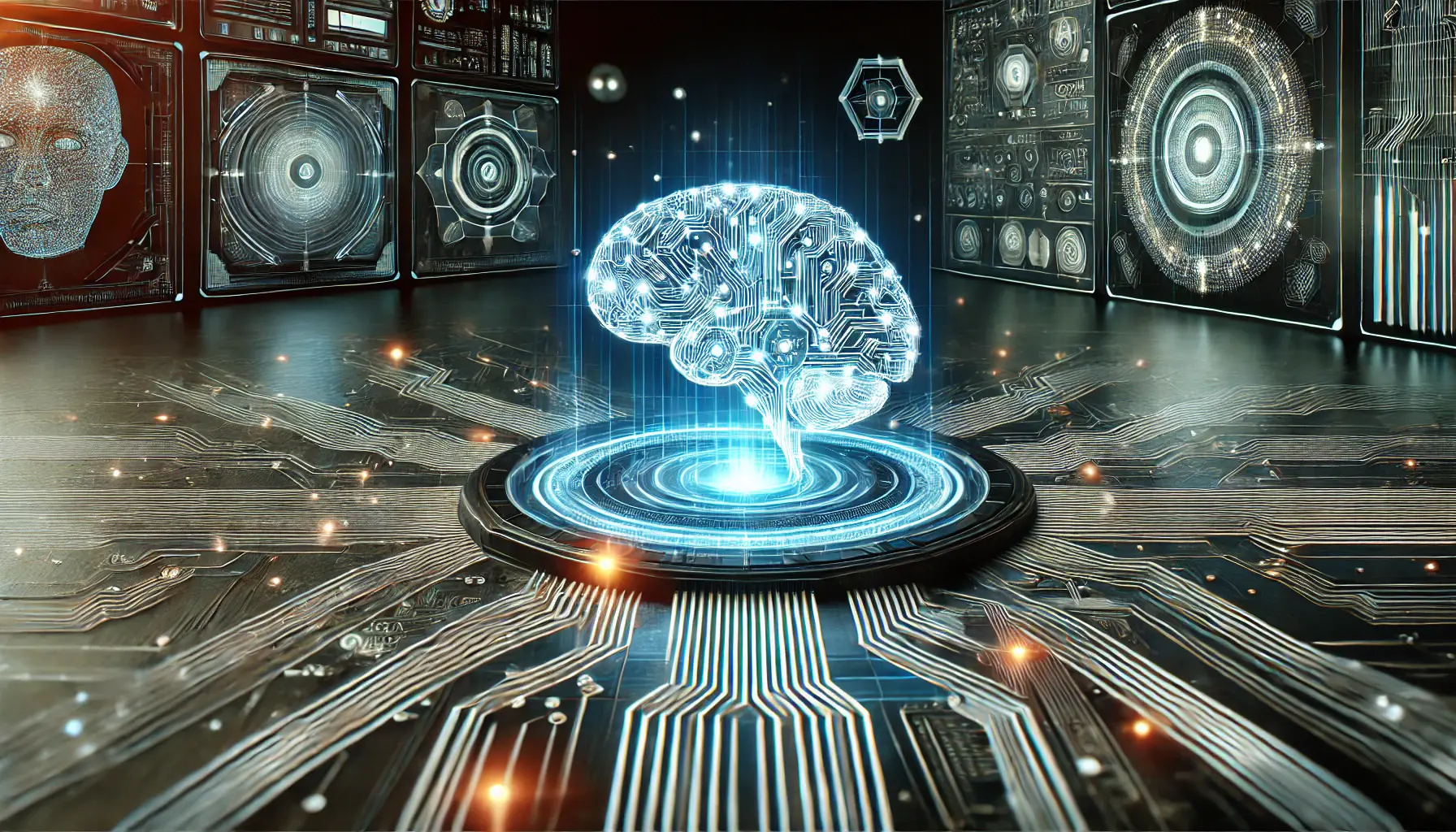The advent of artificial intelligence (AI) technologies has ushered in a new era of possibilities, transforming how we interact with digital systems and process information.
Among the most groundbreaking developments in this field is ChatGPT 4, a model that stands at the forefront of conversational AI.
This iteration of the Generative Pre-trained Transformer series by OpenAI has not only captured the imagination of tech enthusiasts worldwide but also signaled a significant leap towards creating more sophisticated, intuitive, and responsive AI systems.
The future of AI, particularly with the evolution of ChatGPT 4, promises a landscape where the boundaries between human and machine communication blur, fostering a world where AI assists in solving complex problems, enhancing creativity, and providing unprecedented access to information.
As we delve into the capabilities and potential of ChatGPT 4, it becomes clear that its impact extends beyond mere conversation.
This technology is poised to revolutionize various sectors, including education, healthcare, customer service, and more, by offering solutions that are not only efficient but also increasingly tailored to the unique needs and nuances of human interaction.
The main keyword, “future,” is not just a reference to the timeline; it embodies the potential and direction of AI development.
ChatGPT 4, with its advanced understanding and generation of human-like text, stands as a beacon of what the future holds, highlighting the model’s role in shaping the next generation of AI applications.
- Exploring the Capabilities of ChatGPT 4
- Impact on Industries and Society
- Challenges and Ethical Considerations
- Technological Innovations and Advancements
- Global Adoption and Integration
- Future Directions and Possibilities
- Enhancing User Experience and Accessibility
- Embracing the Future with ChatGPT 4
- FAQs: Navigating the Future of AI with ChatGPT 4
Exploring the Capabilities of ChatGPT 4
Enhanced Conversational Abilities
The core of ChatGPT 4’s innovation lies in its enhanced conversational abilities.
Unlike its predecessors, this model can understand and generate responses that are not only contextually relevant but also emotionally intelligent.
This advancement allows for interactions that feel more natural and human-like, bridging the gap between AI and human communication.
The ability to detect nuances in tone, sentiment, and even humor marks a significant step forward in making AI interactions more engaging and effective.
Moreover, ChatGPT 4’s improved conversational skills are not just about better dialogue.
They enable the model to serve as a more effective tool in applications ranging from educational tutoring to mental health support, where understanding and responding to emotional cues are crucial.
This level of sophistication in AI conversations opens up new avenues for personalized communication, making technology more accessible and helpful to a broader audience.
Advancements in Learning and Adaptation
Another remarkable aspect of ChatGPT 4 is its ability to learn and adapt from interactions.
This feature signifies a departure from static AI models to systems that evolve based on user engagement.
ChatGPT 4 can refine its responses and improve accuracy over time, offering a more customized and insightful experience for users.
This continuous learning process is pivotal for applications that require up-to-date information and adaptability to changing user needs or preferences.
The implications of these advancements extend far beyond simple question-and-answer scenarios.
They pave the way for AI to play a more integral role in research, content creation, and even decision-making processes.
By harnessing the power of ChatGPT 4, businesses and individuals can leverage AI to generate innovative solutions, analyze data more effectively, and achieve outcomes that were previously unattainable.
ChatGPT 4’s enhanced conversational abilities and adaptive learning signify a major leap towards more intuitive and responsive AI systems.
Impact on Industries and Society
The integration of ChatGPT 4 into various sectors is not just a testament to its versatility but also to its potential to drive significant changes across industries.
This technology’s ability to understand and generate human-like text has far-reaching implications for how businesses operate, how education is delivered, and how healthcare services are provided.
By examining the impact of ChatGPT 4 on key sectors, we can gain insights into the broader societal transformations it may usher in.
One of the most immediate impacts of ChatGPT 4 is observed in the customer service industry.
The model’s advanced conversational capabilities enable it to provide support that is both efficient and personalized, significantly enhancing the customer experience.
This shift not only improves satisfaction rates but also allows human agents to focus on more complex and nuanced issues, thereby optimizing operational efficiency.
Revolutionizing Education
In the realm of education, ChatGPT 4 is redefining the learning experience.
Its ability to offer tailored tutoring and support makes education more accessible and personalized, catering to the unique needs of each student.
This individualized approach helps to bridge learning gaps and fosters a more inclusive educational environment.
The use of ChatGPT 4 in creating dynamic learning materials that adapt to the learner’s pace and understanding.
- Facilitating language learning through interactive conversations and practice.
- Enhancing research by summarizing articles, generating ideas, and providing citations.
Transforming Healthcare
Healthcare is another sector experiencing the transformative effects of ChatGPT 4.
By assisting with patient triage, symptom analysis, and providing preliminary diagnoses, ChatGPT 4 can streamline operations and improve patient care.
Its ability to process and analyze vast amounts of medical literature also supports healthcare professionals in staying up-to-date with the latest research and treatment methodologies.
- Improving patient engagement through personalized health advice and reminders.
- Supporting mental health initiatives by providing conversational support and monitoring patient progress.
The influence of ChatGPT 4 extends beyond these sectors, hinting at a future where AI’s role is integral to solving complex societal challenges.
From enhancing creative processes in the arts to driving sustainability efforts by analyzing environmental data, ChatGPT 4’s potential is vast and varied.
As we continue to explore and harness this technology, its impact on industries and society as a whole will undoubtedly grow, shaping a future where AI and human collaboration reach new heights.
Challenges and Ethical Considerations
While the advancements and applications of ChatGPT 4 herald a new era of possibilities, they also bring to the forefront a range of challenges and ethical considerations.
As we navigate the integration of this sophisticated AI into various aspects of life, it’s crucial to address these concerns to ensure the technology’s responsible and beneficial use.
The exploration of these challenges is not just about mitigating risks but also about fostering an environment where AI can thrive alongside human values and societal norms.
One of the primary concerns revolves around privacy and data security.
The vast amounts of data processed by ChatGPT 4 to learn and adapt raise questions about the safeguarding of personal information and the potential for misuse.
Ensuring robust data protection measures and transparent data handling practices is essential to maintaining user trust and security.
Addressing Bias and Fairness
Another significant challenge is the issue of bias in AI models.
ChatGPT 4, like any AI system, learns from vast datasets that may contain biases.
These biases can inadvertently be reflected in the AI’s responses, leading to unfair or prejudiced outcomes.
Efforts to identify, reduce, and eliminate biases in training data are critical to developing AI that is fair and equitable.
- Implementing rigorous testing and validation processes to detect and correct biases.
- Engaging diverse teams in AI development to ensure a wide range of perspectives and experiences are considered.
Ensuring Accountability and Transparency
The complexity of AI systems like ChatGPT 4 also poses challenges in ensuring accountability and transparency.
As AI decisions become more intricate, understanding and explaining how these decisions are made becomes increasingly difficult.
This “black box” issue complicates efforts to hold AI systems accountable for their actions or mistakes.
Developing explainable AI and establishing clear guidelines for AI governance are vital steps toward accountability.
- Advancing research in explainable AI to make AI decision-making processes more understandable to humans.
- Creating regulatory frameworks that define the responsibilities and ethical standards for AI developers and users.
Addressing these challenges and ethical considerations is not just about preventing harm but also about maximizing the benefits of ChatGPT 4 for society.
By tackling issues of privacy, bias, accountability, and transparency head-on, we can pave the way for an AI-driven future that is both innovative and inclusive.
The journey towards this future requires ongoing dialogue, collaboration, and commitment from all stakeholders involved in AI development and deployment.
Technological Innovations and Advancements
The development and deployment of ChatGPT 4 are underpinned by a series of technological innovations and advancements that have significantly pushed the boundaries of what AI can achieve.
These technological strides not only enhance the model’s performance but also set new standards for future AI research and development.
Understanding these innovations is key to appreciating the capabilities of ChatGPT 4 and its impact on the future of AI.
At the heart of ChatGPT 4’s advancements is the improvement in natural language processing (NLP) techniques.
These enhancements allow the model to understand context and subtleties in human language more effectively, enabling more accurate and nuanced conversations.
The integration of deep learning algorithms has also been pivotal, providing the foundation for the model’s ability to learn from vast amounts of data and improve over time.
Breakthroughs in Machine Learning
One of the most notable technological breakthroughs in the development of ChatGPT 4 is the use of transformer neural networks.
These networks have revolutionized the field of machine learning by enabling models to process sequences of data, such as sentences, more effectively.
This capability is crucial for understanding the structure and meaning of language, making transformer networks a cornerstone of ChatGPT 4’s success.
- Enhancing model training efficiency through advanced optimization techniques.
- Improving language generation quality with fine-tuning processes based on user feedback.
Scalability and Efficiency Improvements
Another critical area of innovation is in scalability and efficiency.
ChatGPT 4 has been designed to handle a higher volume of interactions without compromising performance.
This scalability is achieved through optimizations in the model’s architecture and the use of more efficient computing resources.
Such improvements ensure that ChatGPT 4 can serve a wide range of applications, from small-scale personal use to large-scale industrial applications.
- Reducing computational costs with more efficient algorithms and hardware acceleration.
- Adapting the model to diverse applications and languages through modular design.
The technological innovations behind ChatGPT 4, including advanced NLP techniques and transformer neural networks, are pivotal in enhancing AI’s conversational capabilities and efficiency.
These technological innovations and advancements not only underscore the sophistication of ChatGPT 4 but also highlight the ongoing evolution of AI technologies.
As we continue to explore and expand the frontiers of AI, the lessons learned and the technologies developed through ChatGPT 4 will undoubtedly influence future generations of AI systems, driving further innovation and opening new possibilities for AI applications across various domains.
Global Adoption and Integration
The global adoption and integration of ChatGPT 4 into various sectors underscore its transformative potential and widespread appeal.
As organizations and individuals around the world embrace this technology, we witness a shift in how tasks are performed, services are delivered, and information is consumed.
This widespread integration speaks volumes about the versatility and effectiveness of ChatGPT 4, marking a significant milestone in the journey towards an AI-enhanced future.
From small startups to multinational corporations, the adoption of ChatGPT 4 is reshaping business operations.
Companies are leveraging the technology to automate customer service, enhance content creation, and streamline decision-making processes.
This global uptake is not confined to the tech industry; sectors as diverse as finance, healthcare, and education are finding innovative ways to incorporate ChatGPT 4 into their workflows, driving efficiency and innovation.
Impact on Emerging Markets
Emerging markets, in particular, stand to benefit greatly from the adoption of ChatGPT 4.
In regions where access to expert knowledge and resources may be limited, ChatGPT 4 can serve as a powerful tool to bridge gaps and foster development.
By providing access to information, automating routine tasks, and supporting local languages, ChatGPT 4 can play a crucial role in accelerating growth and innovation in these markets.
- Facilitating access to educational resources and tutoring in underserved areas.
- Supporting small businesses with tools for marketing, customer service, and product development.
Challenges in Global Integration
Despite the enthusiasm for ChatGPT 4’s global adoption, challenges remain.
Issues such as digital divide, language barriers, and regulatory concerns can hinder the full realization of ChatGPT 4’s potential in certain regions.
Addressing these challenges requires concerted efforts from governments, industry stakeholders, and the global community to ensure that the benefits of AI are accessible to all.
- Implementing policies to reduce the digital divide and promote internet access.
- Developing multilingual models to cater to diverse linguistic needs.
The global adoption of ChatGPT 4 is a testament to its potential to drive significant improvements across various sectors, despite facing challenges in universal integration.
The narrative of ChatGPT 4’s global adoption is one of optimism and opportunity.
As we navigate the challenges and explore the full spectrum of its applications, the continued integration of ChatGPT 4 promises to usher in a new era of innovation and efficiency.
The journey towards a universally accessible AI-driven future is complex, but the widespread embrace of ChatGPT 4 indicates a collective commitment to leveraging technology for global advancement and prosperity.
Future Directions and Possibilities
The journey of ChatGPT 4 thus far has been marked by remarkable achievements and widespread adoption, setting the stage for exciting future directions and possibilities.
As we look ahead, the potential for further advancements in AI and its applications seems boundless.
The evolution of ChatGPT 4 and its successors will likely continue to shape our interaction with technology, redefine industries, and influence societal norms.
The exploration of future possibilities not only ignites the imagination but also prompts critical discussions about the trajectory of AI development.
One of the most anticipated areas of development is the enhancement of AI’s cognitive capabilities.
Future versions of ChatGPT could exhibit even greater understanding of complex concepts, emotional intelligence, and creative thinking.
This progression towards more sophisticated AI could revolutionize fields such as creative writing, therapy, and education, where nuanced understanding and creativity are paramount.
Integration with Emerging Technologies
The integration of ChatGPT with other emerging technologies presents another exciting frontier.
Combining AI with technologies like augmented reality (AR), virtual reality (VR), and the Internet of Things (IoT) could create immersive and interactive experiences that were previously unimaginable.
For instance, AI-driven virtual assistants could become more intuitive and capable of providing personalized guidance in real-time, enhancing learning, entertainment, and daily tasks.
- Developing AI-powered AR applications for enhanced learning and training simulations.
- Creating more responsive and personalized smart home devices with IoT integration.
Addressing Societal Challenges
Moreover, the future of ChatGPT and AI at large holds the promise of addressing some of the most pressing societal challenges.
By harnessing the power of AI for good, future developments could contribute to solving global issues such as climate change, healthcare disparities, and education access.
AI could play a pivotal role in analyzing data to predict climate patterns, optimizing resource distribution in healthcare, and providing scalable education solutions.
- Utilizing AI to enhance climate change research and develop sustainable solutions.
- Improving healthcare outcomes through AI-driven diagnostics and treatment planning.
The future directions of ChatGPT and AI technology encompass enhanced cognitive capabilities, integration with emerging technologies, and the potential to address societal challenges, promising a future where AI’s impact is even more profound and beneficial.
As we contemplate the future of ChatGPT and AI, it’s clear that the possibilities are as vast as our collective imagination and ambition.
The ongoing advancements in AI research and development are not just about creating more advanced technologies; they’re about envisioning and building a future where technology amplifies human potential, bridges divides, and addresses the challenges facing our world.
The path forward is filled with opportunities and challenges, but the trajectory of ChatGPT 4 suggests a future rich with innovation and positive impact.
Enhancing User Experience and Accessibility
The relentless pursuit of innovation within the realm of AI, particularly with ChatGPT 4, places a significant emphasis on enhancing user experience and accessibility.
As technology evolves, so does the imperative to ensure that AI tools are not only powerful but also user-friendly and accessible to a diverse range of individuals.
The focus on user experience and accessibility is crucial for maximizing the technology’s potential and ensuring its benefits are widely distributed.
Improvements in user interface (UI) and user experience (UX) design are at the forefront of making ChatGPT 4 more accessible and enjoyable to use.
By prioritizing intuitive design and seamless interaction, developers can bridge the gap between complex AI technologies and everyday users.
This approach not only enhances the usability of ChatGPT 4 but also encourages broader adoption across various demographics and sectors.
Personalization and Adaptability
Key to enhancing user experience is the emphasis on personalization and adaptability.
ChatGPT 4’s ability to tailor interactions and responses to individual users’ preferences and needs significantly elevates the user experience.
This personalization extends beyond mere conversational nuances, encompassing the entire user journey with AI, from initial engagement to ongoing interaction.
By adapting to users’ unique contexts and learning styles, ChatGPT 4 can offer more relevant and impactful support, whether for learning, entertainment, or productivity.
- Adapting content and responses based on user feedback and interaction history.
- Offering customizable settings and preferences to accommodate diverse user needs.
Breaking Down Barriers to Accessibility
Another critical aspect of enhancing user experience is breaking down barriers to accessibility.
This involves not only addressing physical and cognitive accessibility challenges but also ensuring that ChatGPT 4 is available across different platforms and devices.
Efforts to make AI more accessible include developing voice-activated interfaces, simplifying language for broader comprehension, and ensuring compatibility with assistive technologies.
These initiatives are vital for creating an inclusive environment where everyone can benefit from the advancements in AI.
- Implementing voice commands and speech-to-text features for users with mobility or visual impairments.
- Ensuring content is understandable and engaging for users with varying levels of literacy and cognitive abilities.
Focusing on enhancing user experience and accessibility is essential for the widespread adoption and effective use of ChatGPT 4, making AI more inclusive and beneficial for all segments of society.
The emphasis on enhancing user experience and accessibility with ChatGPT 4 reflects a broader commitment within the AI community to develop technology that is not only advanced but also empathetic and inclusive.
As we continue to push the boundaries of what AI can achieve, maintaining a focus on the human aspect of technology—ensuring it serves the needs, preferences, and abilities of all users—remains paramount.
This commitment to user-centric design and accessibility is what will ultimately drive the success and positive impact of AI technologies like ChatGPT 4 in the years to come.
Embracing the Future with ChatGPT 4
The exploration of ChatGPT 4’s capabilities, its impact across various industries, and the challenges and opportunities it presents, culminates in a vision of the future where AI is not just a tool but a partner in human endeavor.
The journey through the technological advancements, ethical considerations, and the global adoption of ChatGPT 4 underscores a collective move towards a more integrated, intelligent, and empathetic digital world.
As we stand on the brink of this new era, it’s essential to reflect on the key insights gained and the path forward.
Key Insights and Reflections
The development and deployment of ChatGPT 4 have highlighted the immense potential of AI to enhance human capabilities, streamline processes, and solve complex problems.
However, this journey has also brought to light the importance of addressing ethical considerations, ensuring inclusivity, and fostering a responsible approach to AI development.
The future of AI with ChatGPT 4 is not just about technological innovation but also about creating a balanced ecosystem where technology serves humanity’s broadest interests.
The Path Forward
As we embrace the future with ChatGPT 4, the focus shifts towards harnessing its potential responsibly and creatively.
The path forward involves:
- Continuing to innovate while prioritizing ethical considerations and user privacy.
- Enhancing the accessibility and inclusivity of AI technologies to ensure broad and equitable benefits.
- Encouraging cross-disciplinary collaboration to explore new applications and address societal challenges.
In conclusion, the future of AI with ChatGPT 4 presents a landscape brimming with possibilities.
From transforming industries to enhancing daily life, ChatGPT 4 stands as a testament to the power of human ingenuity and the promise of AI.
As we navigate this future, the focus must remain on leveraging technology to foster a world that is more connected, understanding, and inclusive.
The journey with ChatGPT 4 is just beginning, and the potential for positive impact is limitless.
By embracing the opportunities and addressing the challenges head-on, we can ensure that the future of AI is as bright and beneficial as we dare to imagine.
FAQs: Navigating the Future of AI with ChatGPT 4
Explore commonly asked questions about the future of AI and the role of ChatGPT 4 in shaping it.
ChatGPT 4 introduces enhanced conversational abilities, deeper understanding of context, and improved adaptability, setting a new benchmark for AI.
It revolutionizes customer service by automating FAQs, providing personalized support, and improving response accuracy and efficiency.
Yes, ChatGPT 4 can create detailed FAQ outlines, enhancing content creation and customer service with AI-generated insights.
ChatGPT 4 includes the ability to interact with images, process longer text, and offer more nuanced and context-aware responses.
It serves as a personalized tutor, creates dynamic learning materials, and supports language learning through interactive conversations.
While advanced, ChatGPT 4 faces challenges like handling ambiguous queries, ensuring data privacy, and overcoming inherent biases.
ChatGPT 4 exemplifies the potential of AI to enhance human capabilities, innovate across sectors, and address complex societal challenges.
Yes, it supports multiple languages, making it accessible to a global audience and enhancing its utility across diverse linguistic contexts.
